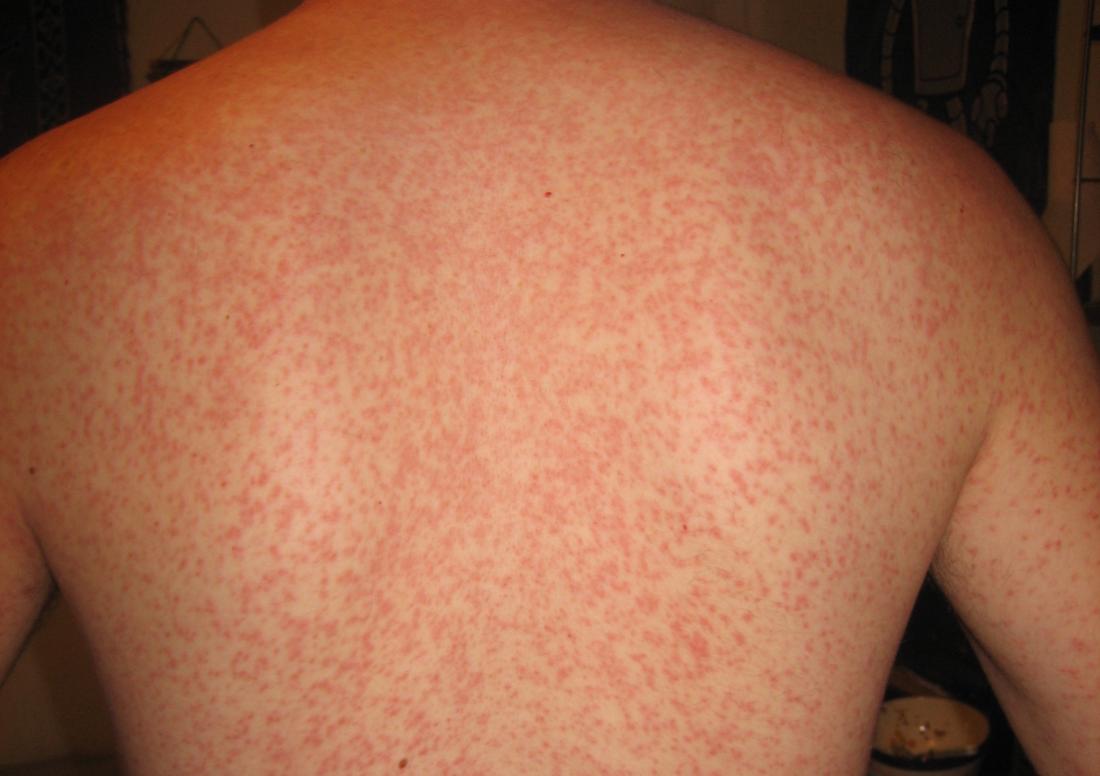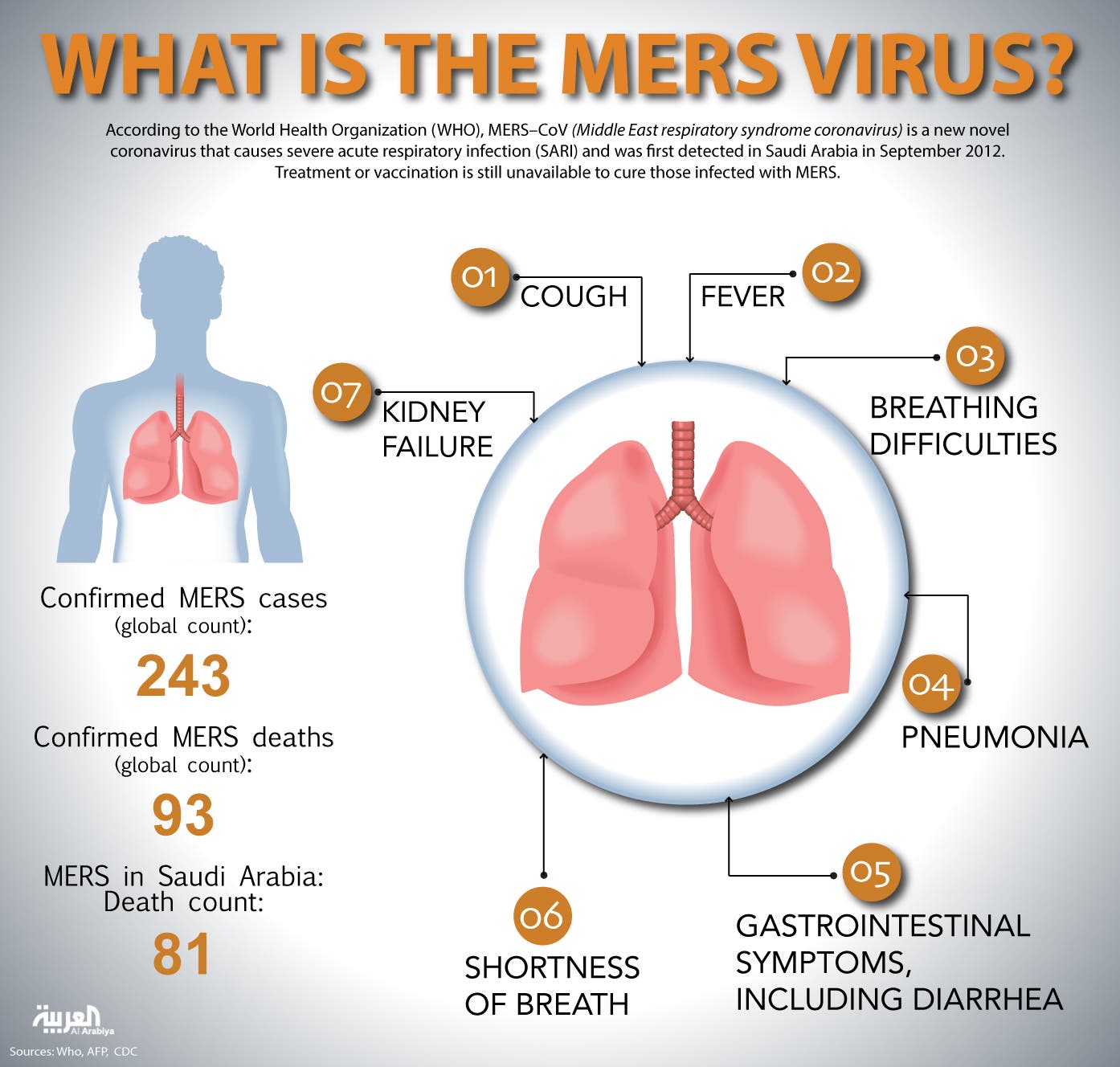
The corresponding area under the curve (AUC) was also calculated. The Receiver Operating Characteristic (ROC) curve was introduced to evaluate the multivariate logistic regression model's potential. Multivariate logistic regression was applied to determine potential factors associated with the duration of viral shedding. We also conducted Pearson’s chi-square test and Fisher’s exact test for categorical variables, to assess different characteristics of the two groups. The Mann-Whitney U test was introduced to compare the differences between two groups for quantitative variables.

Patients were divided into two separate groups based on the median duration of viral shedding for all patients. Kaplan-Meier survival analysis was introduced to estimate the cumulative SARS-CoV-2 RNA-negativity rate. Categorical variables were described as frequency and percentage. The discharge criteria were: the absence of fever for over three days, significant remission of respiratory tract symptoms and radiography of lungs, and two continuous negative detections of SARS-CoV-2 RNA from nasopharyngeal/throat swabs by RT-PCR in a time interval of over 24 h.Ĭontinuous variables were presented as the median and IQR. Laboratory examination and radiography of patients with COVID-19 on initial admission were extracted. The critical type was defined as patients with any of these conditions, including respiratory failure needing mechanical ventilation, shock, and any organ failure needing intensive care unit (ICU) admission.


The severe type was defined as patients with any of these conditions, including respiratory distress (respiratory rate ≥ 30 times/min), fingertip oxygen saturation ≤93% in the resting state, and partial pressure of oxygen /fraction of inspired oxygen ≤300 mmHg. The moderate type was defined as a patient with fever, respiratory tract symptoms, and imaging characteristics of confirmed pneumonia.


 0 kommentar(er)
0 kommentar(er)
